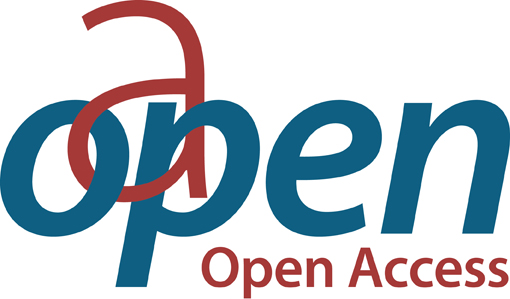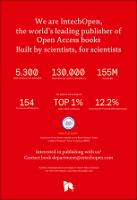Chapter Temporal Clustering for Behavior Variation and Anomaly Detection from Data Acquired Through IoT in Smart Cities
Author(s)
Kovacevic, Ana
Urosevic, Vladimir
Kaddachi, Firas
Language
EnglishAbstract
In this chapter, we propose a methodology for behavior variation and anomaly detection from acquired sensory data, based on temporal clustering models. Data are collected from five prominent European smart cities, and Singapore, that aim to become fully “elderly-friendly,” with the development and deployment of ubiquitous systems for assessment and prediction of early risks of elderly Mild Cognitive Impairments (MCI) and frailty, and for supporting generation and delivery of optimal personalized preventive interventions that mitigate those risks, utilizing smart city datasets and IoT infrastructure. Low level data collected from IoT devices are preprocessed as sequences of activities, with temporal and causal variations in sequences classified as normal or anomalous behavior. The goals of proposed methodology are to (1) recognize significant behavioral variation patterns and (2) support early identification of pattern changes. Temporal clustering models are applied in detection and prediction of the following variation types: intra-activity (single activity, single citizen) and inter-activity (multiple-activities, single citizen). Identified behavioral variations and anomalies are further mapped to MCI/frailty onset behavior and risk factors, following the developed geriatric expert model.
Keywords
temporal clustering, IoT, smart cities, behavior recognition, anomaly detectionDOI
10.5772/intechopen.75203Publisher
InTechOpenPublisher website
https://www.intechopen.com/Publication date and place
2018Classification
Data mining


 Download
Download